Reporting from the Front
The Tenth Women Playwrights International Conference in Cape Town, South Africa—Part 3
In this special three-part series, Aphra Behn from Guerilla Girls On Tour reports on the recent Women Playwrights International Conference (WPIC) in Cape Town, South Africa.
An excerpt from the Women Playwrights International President’s greeting in the conference program:
Finally we are in Africa, the first time on this continent. It is a great achievement for our organization. We are going to meet, listen, watch, discuss, laugh, and cry together for five intense days. Our conference theme is WORD: Beyond words, In Other Words, Choice of Words, and our Own Words. What do we mean by word? We use words to he heard. We connect through them, both straight forwardly and metaphorically. I look forward to connecting and to seeing people connect throughout this conference. Let the word spread—writers need words and words need to be written.— Lene Theree Teigen
WORKSHOP: Making the factual theatrical with Marcia Johnson of Canada
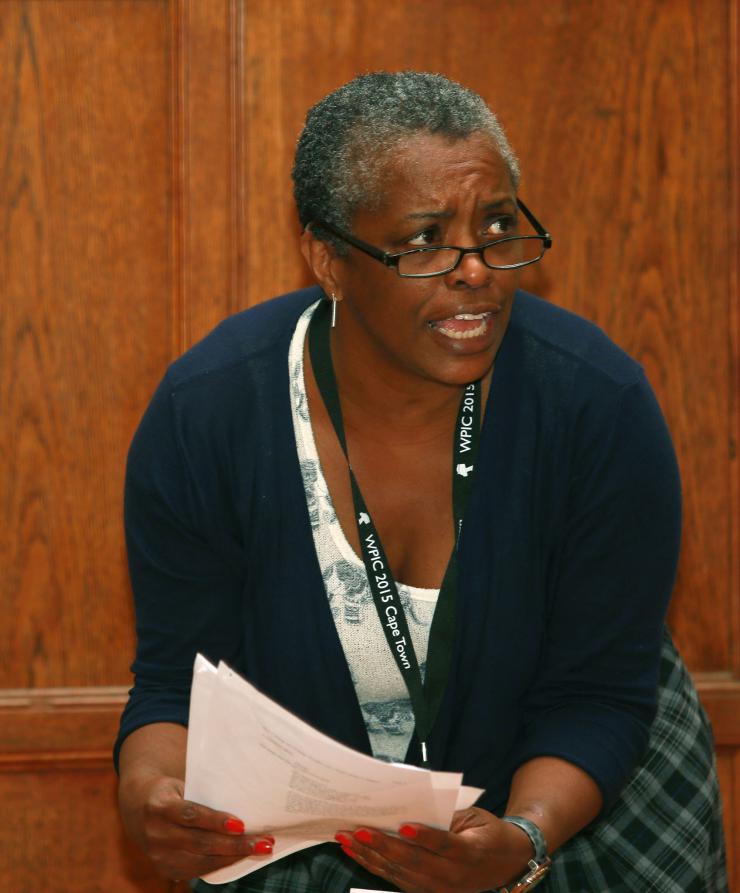
Canadian playwright, Marcia Johnson led this popular workshop, attended by thirty or so delegates. She had us all sit in a large circle, and we took advantage of the opportunity to share with each other our concerns about using historical events and real people in our work.
We agreed on many things: it is our responsibility to “balance” a story by showing multiple points of view. Authenticity is achieved when we put our own story into the mix as well.
Some questioned how mainstream white writers could ever appropriate the lives of those who are marginalized in their plays without those plays offending. Why are some theatremakers assigned the privilege of telling the stories of others?
We turned to the question of cultural appropriation and asked some hard questions such as do nonaboriginal artists have the right to tell aboriginal stories? Some questioned how mainstream white writers could ever appropriate the lives of those who are marginalized in their plays without those plays offending. Why are some theatremakers assigned the privilege of telling the stories of others?
WPIC was the perfect environment for women playwrights to take on this topic.
READING: Food for the Gods by Nehprii Amenii
One of the first delegates I met was Nehprii Amenii, from Brooklyn New York, who was attending her first conference. Nehprii was there with her play Food for the Gods, one of the forty-eight play readings that took place every afternoon after lunch. Inspired by the killings of black men at the hands of police and other institutions of authority, the play explores themes of rage, indifference, and divinity via mixed-media, masks, and puppetry. The reading began with a film that stated: “Every thirty-six hours a black man, woman or child is killed by the police, security guards, and self appointed law officers.”
Food for the Gods was a grand-scale spectacle, which could be glimpsed from the reading of the stage directions:
The audience enters a room with bamboo poles suspended from the ceiling. It’s a forest. A world between worlds. A luminal space. The perimeter of the extent. The floor is filled with actors posed as dead bodies. Lanterns beside them cast a glow. It is a winter of the mind. It is silent. It is expansive. It is barren. There is a woman/the mother with a flour sifter. She is casting magic over them. And moves in choreographed motion. As she sprinkles white dust over the bodies, she begins to make a rhythm with sounds and movements.
Both brutal and beautiful, Food for the Gods, fed my imagination. I was fortunate to be able to talk to Nephrii more about her work and her play.
Aphra: Can you speak a bit about your play Food for the Gods?
Nehprii: Food for the Gods is a multi-media performance installation, where the audience physically moves through three unique spaces/moments. Inspired by the killings of black men, this work utilizes mixed-media and mask-puppetry to explore the process of dehumanization, positive and negative space, invisibility, and well…the magical-less-ness of it all. It is a three-part expression of my personal emotions on the topic: 1) rage 2) indifference, and 3) what I call celestial knowings or a mythos, i.e., understanding that there is life for these men beyond planet Earth. That when they leave here, they have a place of dignity where they can stand and be men.
Aphra: Why this form for this theme?
Nehprii: I didn't want Food for the Gods to be a work where the audience got to sit passively through it. Not for this topic. I wanted the audience to be in it together. I wanted the audience to feel a part of it, and to have to stay engaged, and to move through this together, which is what I yearn for. There is a bit of discomfort and anxiety but we stick together in vulnerability as we move through this figuring out together. I have also long been interested in the historical contribution of Africa to this thing called theatre, and finally discovered it within what is called African rituals and ceremony. Within that theatre, there is no division between audience and players, its full participatory enactments. I wanted to connect with that form of African theatre and wanted Food for the Gods to serve as ritual and ceremony as well as theatre.
Aphra: How was your experience regarding the reading in Cape Town? Did you work with the director beforehand? Did you attend rehearsals? Were you pleased with the result?
Nehprii: I'm grateful for the experience at WPIC. I was contacted by the director, Megan Furniss, while still state side, asking me to please share my vision and what I felt was important for her to know about the work. She invited me out to see a show together the night I arrived. We had time to bond a bit, and discuss the work. She also invited me into the rehearsal space, and asked me to please chime in at any moment. It was, of course, difficult to extract from the work, rather than share it in whole. However, I'm very grateful for what she created. Megan came to it with a vision and lots of passion for the text. And I think she did a great job creating powerful flashes of the work.
Aphra: What new insights do you have now that the piece has been done in Cape Town?
Nehprii: Megan Furniss, the director, really wanted to emphasize the text and was in love with the poetry of the stage directions. She asked if she could turn the stage directions into an additional character. I'd never thought of that. She pointed out that my stage directions read very much like beautiful narrative. It worked. So, I'm now wondering, how to maintain a bit of that when in full production. An important insight I gained at WPIC was that a little can be a lot. I tend to think the piece won’t land unless it's seen in its fullness imagined. I was amazed at how much impact just the reading of the excerpt had on viewers, and it was simply snippets pieced together. With that I realized that I can give my self permission to do less, to stage as many readings as possible until I can find a way to bring it to a full production.
Aphra: What are you plans for Food for the Gods?
Nehprii: I am hoping to bring it to the Heart of the Beast Puppet and Mask Theatre in Minneapolis. I am continually working on finding a way to bring it to New York City. One of my visions for this work is for it to be staged within the grand architecture of a New York City municipal building/courthouse. That feels appropriate. And my ultimate vision for Food for the Gods is for it to be shown at the Paris Opera House. I want the opening gathering and feast to take place in the grand foyer of the Opera House, and then for the show to descend and take place in the concrete basement hall of the Opera House.
Aphra: Besides Food for the Gods, what are you working on now?
Nehprii: Before heading back to New York, I'll be teaching a class at the University of Western Cape here in South Africa. The workshop is entitled “Experiments in language and form: my search for an ‘African theatre.’” I will have another staged reading of Food for the Gods at the university on July 13. As soon as I hit the ground in New York, I am co-artistic director for The Possibility Project. They work with young people within foster care and help them to create and write their own musicals.
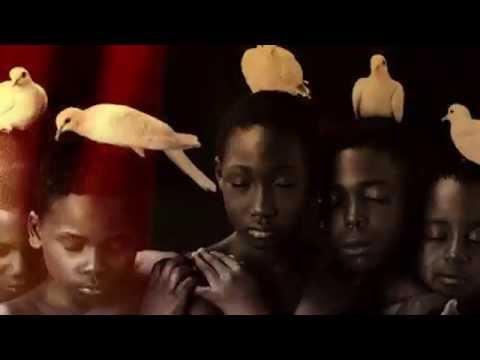
PERFORMANCE: Walk: South Africa
The event that stands out in my mind, the one that resonated with me long after the conference was over and tied together all the themes and ideas I experienced in Cape Town was the performance of Walk: South Africa—a performance piece created by a group of South African artists in response to iconic Indian performance artist Maya Rao’s The Walk. Rao crafted The Walk as a response to the murder of Jyoti Pandey, who was repeatedly raped and bludgeoned with an iron rod by six men on a bus in Delhi in December 2012. Sara Matchett, Koleka Putuma, Rosa Rogers Postlethwaite, Siphumeze Kundayi, and Genna Gardini of The Mothertongue Project got Rao’s permission to create Walk: South Africa in early 2013, in response to the rape and murder of Anene Booysen in the Western Cape. The company’s idea was to conceptualize a performance that would address gender violence in South Africa. What emerged is a series of performed installations through which audiences walk which combine live and recorded performances with sound.
The creators of Walk: South Africa state that despite celebrating twenty years of democracy South Africans have become numb to the violence imposed on women on a daily basis. “Our vision for Walk: South Africa was to use a sparse aesthetic that foregrounds the figure of the woman. The focus of the piece is very much on the five woman performers and the unavoidable, physical fact of their bodies—a fact which rape culture tries to obfuscate.”
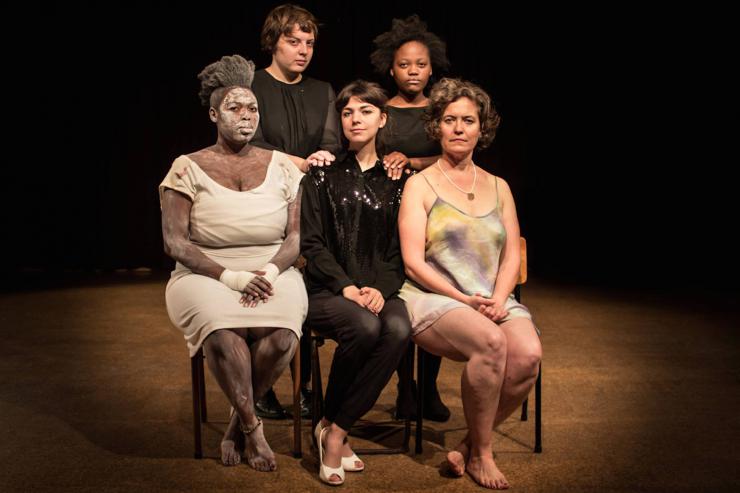
The performance took place in Hiddingh Hall. The audience entered through a side door and were led up a dark flight of stairs to the start of the performance. As each segment of the performance ended, we were led to another space for the next segment. Powerful but simple images, words, and sounds accompanied each part. It felt as though we, the audience, were being led into and through a deep abyss although it never felt as though we were in any danger. The piece was unsettling and uncomfortable but there was a clear line that was kept taut between performers and audience throughout. We eventually moved from small rooms into the large hall, walking silently on a eerie journey to the sounds and sensations of the victims of sexual violence, at times glimpsing haunting images and the movements of the actors. The piece ended with these words on a screen:
Women’s groups in South Africa estimate that a woman/girl is raped every 26 seconds. South Africa is regarded as the rape capital of the world. 1 in 2 women/girls in South Africa will be raped in their lifetime. “Corrective rape” i.e. the rape of lesbians in an attempt to “turn” them “straight” is a phenomenon particular to South Africa. Approximately 500 cases of “corrective” rape are reported annually. Many cases go unreported for fear of violation by perpetrators and police.
This was followed by a name-by-name tribute to many victims. The performers then led the audience outside to the street. We followed the women, a few went to the left and up the street and the others turned right and down. The night was full of cars whooshing by, shadows, and silence. Barefoot women in fragile dresses slowly making their way into the night were the last images of the performance. We became one group, all experiencing a very small part of the trauma of sexual assault.
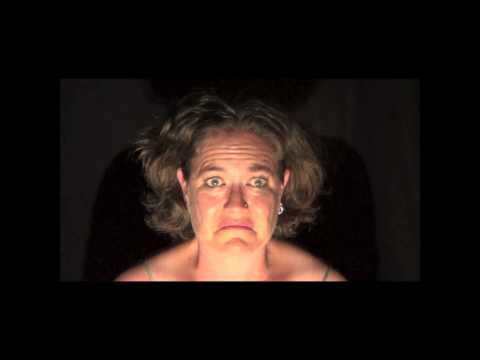
Wow. So much to take in here in Cape Town. And while you may think that the tone of the conference was entirely serious, based on this blog post, it was not. There was a lot of laughter and joy throughout. Many of the plays read and performed were comedies and had hilarious elements to them. The delegates all smiled, hugged each other, and shared stories. And when it was all over we made a pact to meet each other in three years time in Chile.

For me, it was an awful lot to process in a short amount of time. Jet lag aside, I felt inspired by the end of it all and wondered why there were not more women playwrights in attendance. Yes, it was a very long way to travel for most of us, but three years is a good amount of time to plan for such a conference.
Many of the plays read and performed were comedies and had hilarious elements to them. The delegates all smiled, hugged each other, and shared stories. And when it was all over we made a pact to meet each other in three years time in Chile.
So I urge all of you who identify as playwrights and theatremakers to consider coming to Chile in 2018. For more information check out the WPI web site or join Guerrilla Girls On Tour’s We Are Theatre facebook page where I will post about future conferences.
The conference was an experience that changed me for the better. It helped me to see that what I have been doing all along is not writing plays, not producing plays, not directing plays—but making theatre.

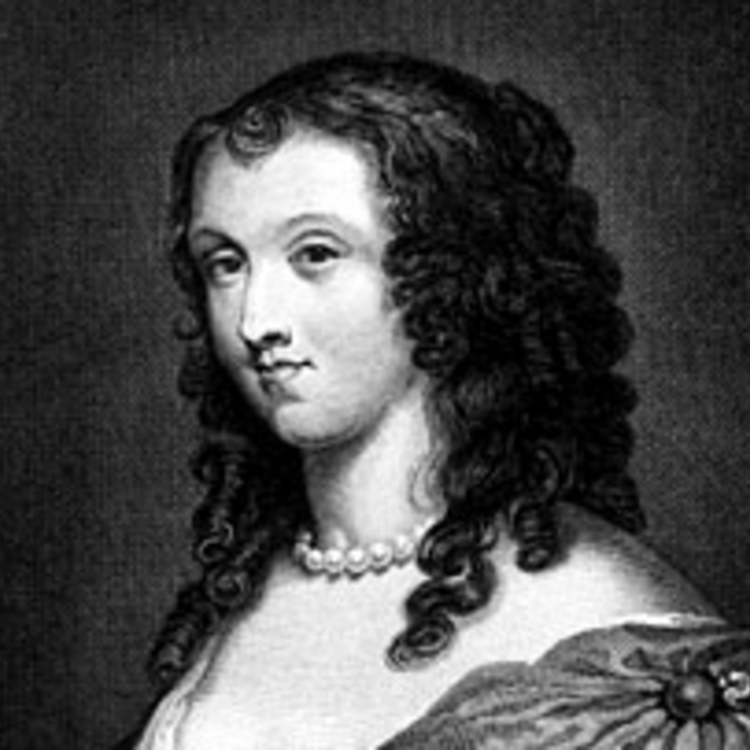
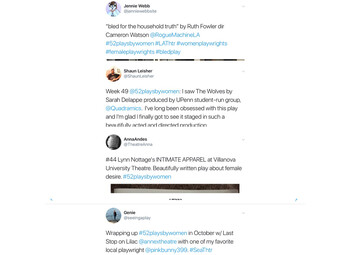

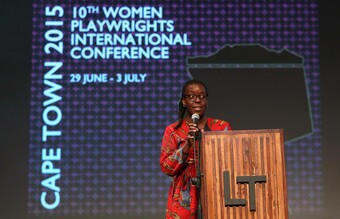

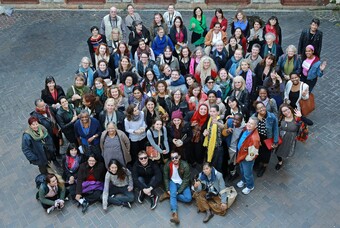
Comments
The article is just the start of the conversation—we want to know what you think about this subject, too! HowlRound is a space for knowledge-sharing, and we welcome spirited, thoughtful, and on-topic dialogue. Find our full comments policy here